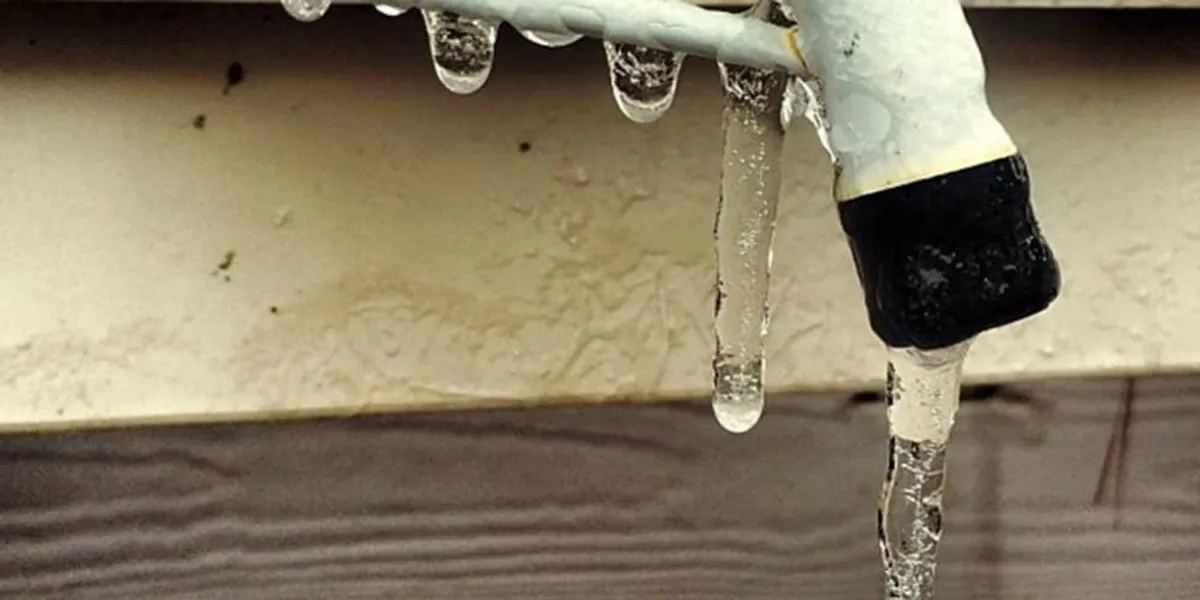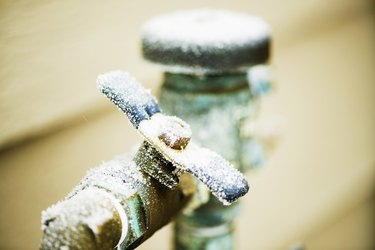Shielding Your Pipes from Cold Weather Issues: Key Tips
Shielding Your Pipes from Cold Weather Issues: Key Tips
Blog Article
We have noticed this post about Helpful Tips to Prevent Frozen Pipes this Winter directly below on the internet and thought it made good sense to relate it with you on this site.

Winter can damage your pipes, specifically by freezing pipelines. Right here's how to prevent it from happening and what to do if it does.
Introduction
As temperatures decrease, the danger of frozen pipelines rises, potentially bring about expensive repair work and water damages. Recognizing exactly how to avoid frozen pipelines is vital for house owners in chilly environments.
Prevention Tips
Shielding susceptible pipelines
Wrap pipelines in insulation sleeves or utilize warm tape to protect them from freezing temperature levels. Focus on pipes in unheated or outside locations of the home.
Heating techniques
Maintain indoor areas adequately heated up, specifically areas with plumbing. Open up closet doors to allow warm air to distribute around pipelines under sinks.
Just how to recognize icy pipelines
Seek decreased water circulation from taps, unusual smells or noises from pipelines, and visible frost on exposed pipelines.
Long-Term Solutions
Architectural adjustments
Think about rerouting pipes away from exterior walls or unheated locations. Include added insulation to attic rooms, basements, and crawl spaces.
Updating insulation
Invest in high-grade insulation for pipes, attics, and walls. Appropriate insulation aids keep consistent temperature levels and lowers the danger of icy pipelines.
Shielding Outdoor Plumbing
Yard hoses and exterior faucets
Detach and drain garden pipes prior to winter season. Install frost-proof faucets or cover outdoor faucets with insulated caps.
Understanding Frozen Pipelines
What causes pipes to freeze?
Pipelines freeze when subjected to temperature levels below 32 ° F (0 ° C) for prolonged durations. As water inside the pipelines freezes, it expands, putting pressure on the pipe walls and possibly creating them to break.
Threats and damages
Frozen pipes can result in water system disturbances, home damages, and pricey repairs. Burst pipelines can flooding homes and create substantial architectural damage.
Signs of Frozen Pipes
Identifying frozen pipes early can stop them from rupturing.
What to Do If Your Pipes Freeze
Immediate activities to take
If you believe frozen pipes, maintain faucets open to soothe pressure as the ice thaws. Use a hairdryer or towels taken in hot water to thaw pipelines slowly.
Conclusion
Stopping frozen pipelines requires positive procedures and quick actions. By understanding the causes, indicators, and preventive measures, house owners can protect their plumbing throughout winter.
5 Ways to Prevent Frozen Pipes
Drain Outdoor Faucets and Disconnect Hoses
First, close the shut-off valve that controls the flow of water in the pipe to your outdoor faucet. Then, head outside to disconnect and drain your hose and open the outdoor faucet to allow the water to completely drain out of the line. Turn off the faucet when done. Finally, head back to the shut-off valve and drain the remaining water inside the pipe into a bucket or container. Additionally, if you have a home irrigation system, you should consider hiring an expert to clear the system of water each year.
Insulate Pipes
One of the best and most cost-effective methods for preventing frozen water pipes is to wrap your pipes with insulation. This is especially important for areas in your home that aren’t exposed to heat, such as an attic. We suggest using foam sleeves, which can typically be found at your local hardware store.
Keep Heat Running at 65
Your pipes are located inside your walls, and the temperature there is much colder than the rest of the house. To prevent your pipes from freezing, The Insurance Information Institute suggests that you keep your home heated to at least 65 degrees, even when traveling. You may want to invest in smart devices that can keep an eye on the temperature in your home while you’re away.
Leave Water Dripping
Moving water — even a small trickle — can prevent ice from forming inside your pipes. When freezing temps are imminent, start a drip of water from all faucets that serve exposed pipes. Leaving a few faucets running will also help relieve pressure inside the pipes and help prevent a rupture if the water inside freezes.
Open Cupboard Doors
Warm your kitchen and bathroom pipes by opening cupboards and vanities. You should also leave your interior doors ajar to help warm air circulate evenly throughout your home.

Do you like more info about How To Avoid Freezing Pipes? Write a remark down the page. We will be glad to listen to your opinions about this review. In hopes to see you back again later on. In case you liked our article kindly consider to share it. I enjoy your readership.
Click Here Report this page